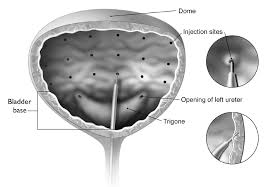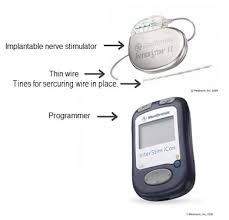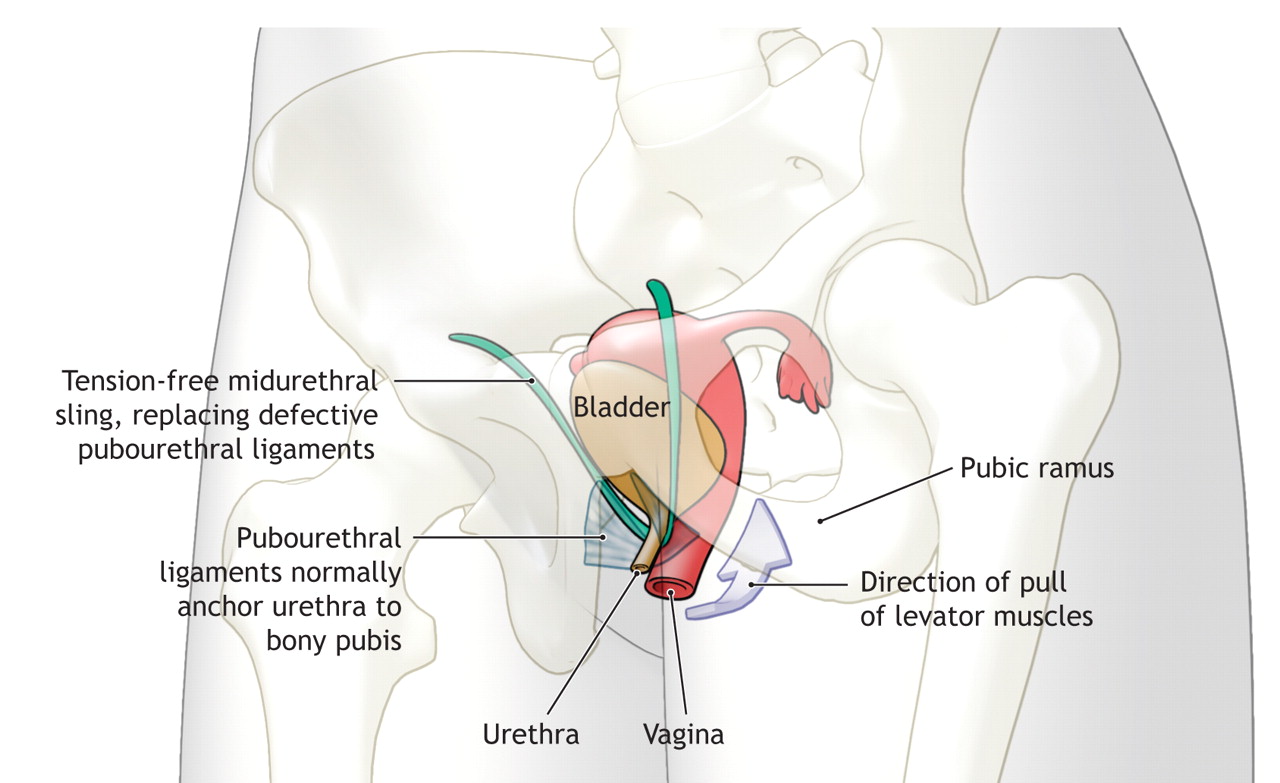Urinary Incontinence
Urinary Incotinence (UI) affects many people, but the problem often goes undiagnosed. It refers to the loss of bladder control and ranges from minor to severe. UI may prevent a man from performing normal activities and enjoying everyday life, and in some instances, impacts an individual emotionally, psychologically, and socially.
Types of Urinary Incontinence

STRESS INCONTINENCE
Stress Incontinence: is loss of urine when coughing, sneezing. Stress incontinence in men may occur after prostate surgery, injury to the brain or spinal cord. Men may also become more susceptible to stress incontinence as they age.

URGE INCONTINENCE
Urge Incontinence is involuntary loss of urine with urge to urinate. It can be triggered by hearing running water, touching water, anxiety and other medical conditions. Typically patients complaint that they can not make it to the bathroom in time.

OVERFLOW INCONTINENCE
Overflow Incontinence is constant dribbling of urine, accompanied by frequent, yet small urination. Overflow incontinence is commonly commonly caused by nerve damage from diabetes or enlarged prostate (BPH) that weakens the bladder muscles.
TREATMENT
There are many treatments options available for men suffering from urinary incontinence. The treatment that your doctor recommends for you will depend on the type of incontinence you have and the severity of your symptoms. Surgery is typically seen as a last resort treatment option. Some of the non-surgical treatment options available are: Behavioral Strategy Medication Biofeedback Percutneous Tibial Nerve Stimulation. Finally an artificial sphincter is an option when all else has failed.

BOTOX
Botulinum toxin type A (Botox) injections into the muscle of the urinary bladder have been found to be effective at relaxing the nerves and muscles responsible for urge urinary incontinence. It should be noted that Botox is generally prescribed only if other first-line medications have not been successful for female urinary incontinence treatment. The injections can provide several months of relief and can be repeated once the effects have worn off.

NEUROMODULATION
Percutaneous Tibial Nerve Stimulation (PTNS) is a simple office procedure that requires placing a small electrode in the tibial nerve of the leg, it is possible to regulate the nerve function that triggers overactive bladder and other female urinary incontinence issues. Interstim – Medtronic’s sacral neuromodulation system (SNS, better known as Interstim) is a procedure for urinary incontinence treatment in which a small device (SNS) is surgically implanted in the lower back to stimulate the sacral nerves that control bladder and bowel function. The device helps men regain control of their bladder function.

SLING
Male Sling – During this surgical procedure, a small strip of artificial mesh or tissue is placed around the urethra (the urine channel which drains the bladder) to help support the to help support the urethra. The procedure is often very helpful for cases of stress male urinary incontinence.
Visit us
Hours
Tue-Thus 9am - 5pm
Friday 9am - 2pm
Saturday 9:30am - 12pm
1056 E. Osceola Parkway Kissimmee, FL 34744
Call us
To Schedule an appointment, call the number below.
(407) 808-5656
Contact us
Leave us a message and we will call to confirm with your shortly.
admin@healthorlandourology.com
